The Israeli Ministry of Defense Directorate of Defense Research and Development (DDR&D) is excited to announce the launch of the “MAFAT challenge” - a series of prize competitions in the field of Data Science that are fully open to the general public, academic and industry sectors.
The goal of the challenge is to explore the potential of advanced data science methods to improve and enhance the IMOD current data products. The winning method may eventually be applied to real data and the winners may be invited to further collaborate with the IMOD on future projects
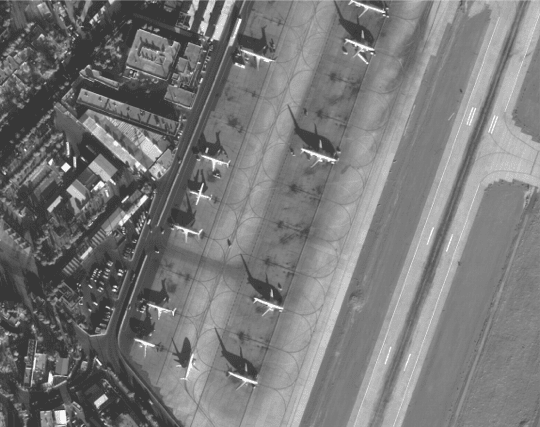
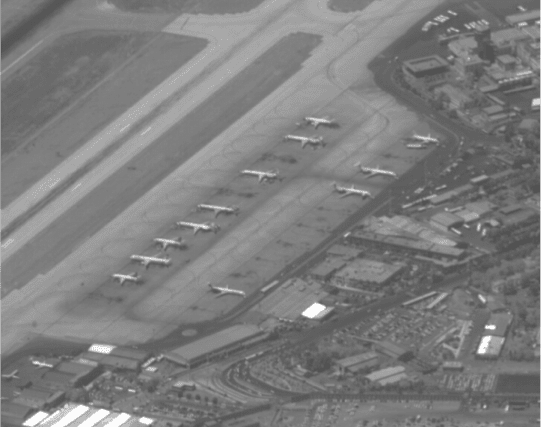
In this challenge, MAFAT’s DDR&D (Directorate of Defense Research & Development) would like to tackle the challenge of object detection from satellite imagery. In this competition, participants are challenged to detect objects belonging to certain classes (such as airplanes, vehicles, vessels, etc.) from diversified satellite images. Images available in the competition dataset differ by resolution (0.4m to 1.3m GSD), downward angle (nadir to off-nadir), direction (azimuth) and the date and time they were taken (time of day and seasonality).
Competition start - February 2023
Winners Announcement - End of April 2023
#1 - 20,000$
#2 - 10,000$
#3 - 6,000$
#4 - 5,000$
#5 - 4,000$
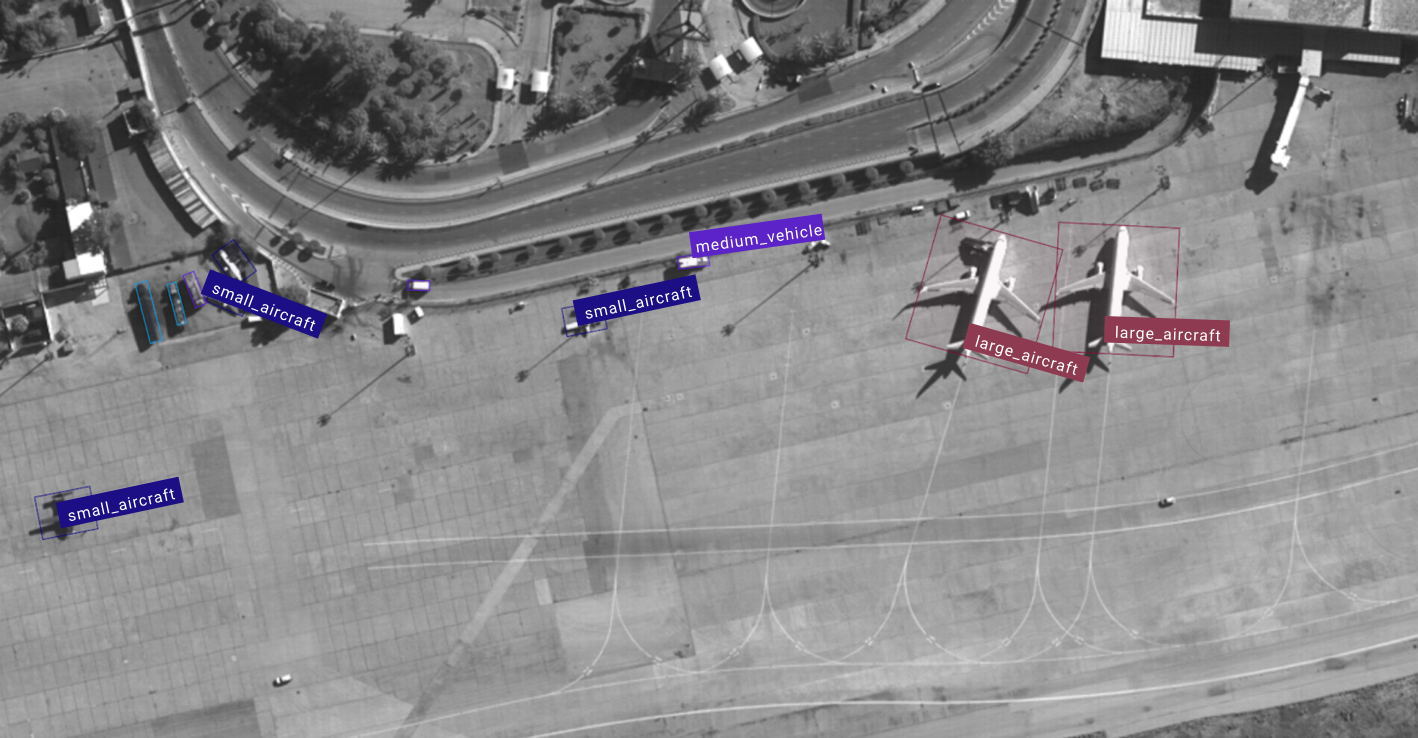
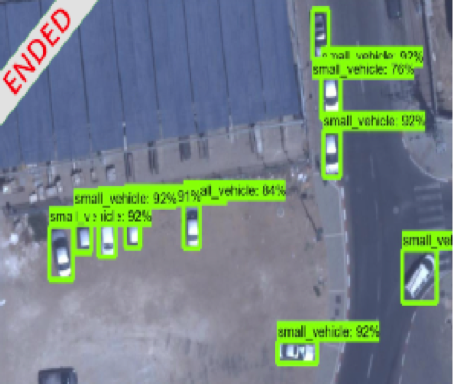
Fine grained classification of objects in high resolution aerial imagery. ($30,000)
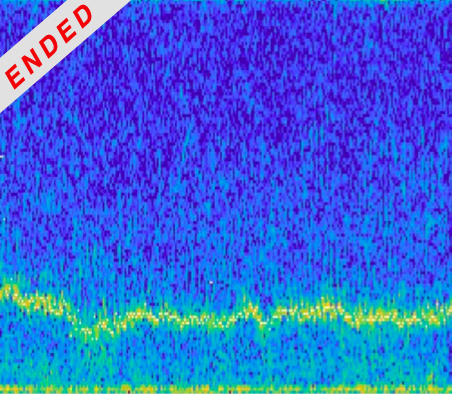
Can you distinguish between humans and animals in radar tracks? ($40,000)
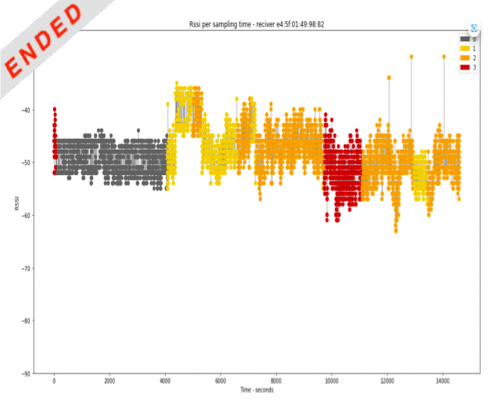
WiFi Sensing: Non Invasive Human Presence Detection From WiFi Signals ($50,000)
Competition, Winners

Future competition - stay tuned for updates

Future competition - stay tuned for updates

Future competition - stay tuned for updates